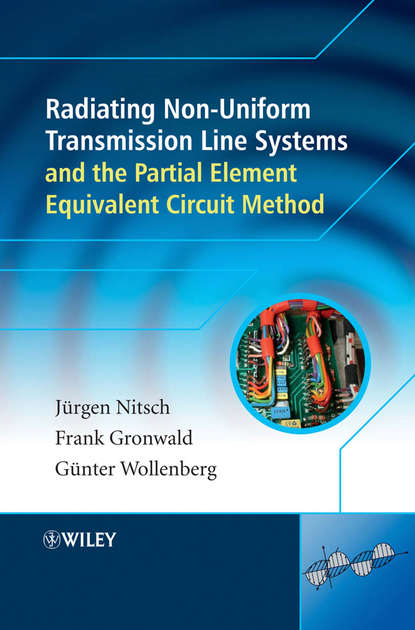По всем вопросам обращайтесь на: info@litportal.ru
(©) 2003-2024.
✖
Radiating Nonuniform Transmission-Line Systems and the Partial Element Equivalent Circuit Method
Автор
Год написания книги
2019
High frequencies of densely packed modern electronic equipment turn even the smallest piece of wire into a transmission line with signal retardation, dispersion, attenuation, and distortion. In electromagnetic environments with high-power microwave or ultra-wideband sources, transmission lines pick up noise currents generated by external electromagnetic fields. These are superimposed on essential signals, the lines acting not only as receiving antennas but radiating parts of the signal energy into the environment. This book is outstanding in its originality. While many textbooks rephrase that which has been written before, this book features: an accessible introduction to the fundamentals of electromagnetics; an explanation of the newest developments in transmission line theory, featuring the transmission line super theory developed by the authors; a unique exposition of the increasingly popular PEEC (partial element equivalent circuit) method, including recent research results. Both the Transmission Line Theory and the PEEC method are well suited to combine linear structures with circuit networks. For engineers, researchers, and graduate students, this text broadens insight into the basics of electrical engineering. It provides a deeper understanding of Maxwellian-circuit-like representations of multi-conductor transmission lines, justifies future research in this field.
На сайте электронной библиотеки Litportal вы можете скачать книгу Radiating Nonuniform Transmission-Line Systems and the Partial Element Equivalent Circuit Method в формате fb2, rtf, pdf, txt, epub. У нас можно прочитать отзывы и рецензии о этом произведении.
Помогите, пожалуйста, другим читателям нашего сайта, оставьте отзыв или рецензию о прочитанной книге.
Спасибо! Ваш отзыв был отправлен на модерацию.
Отзывы о книге Radiating Nonuniform Transmission-Line Systems and the Partial Element Equivalent Circuit Method
список сообщений пуст





